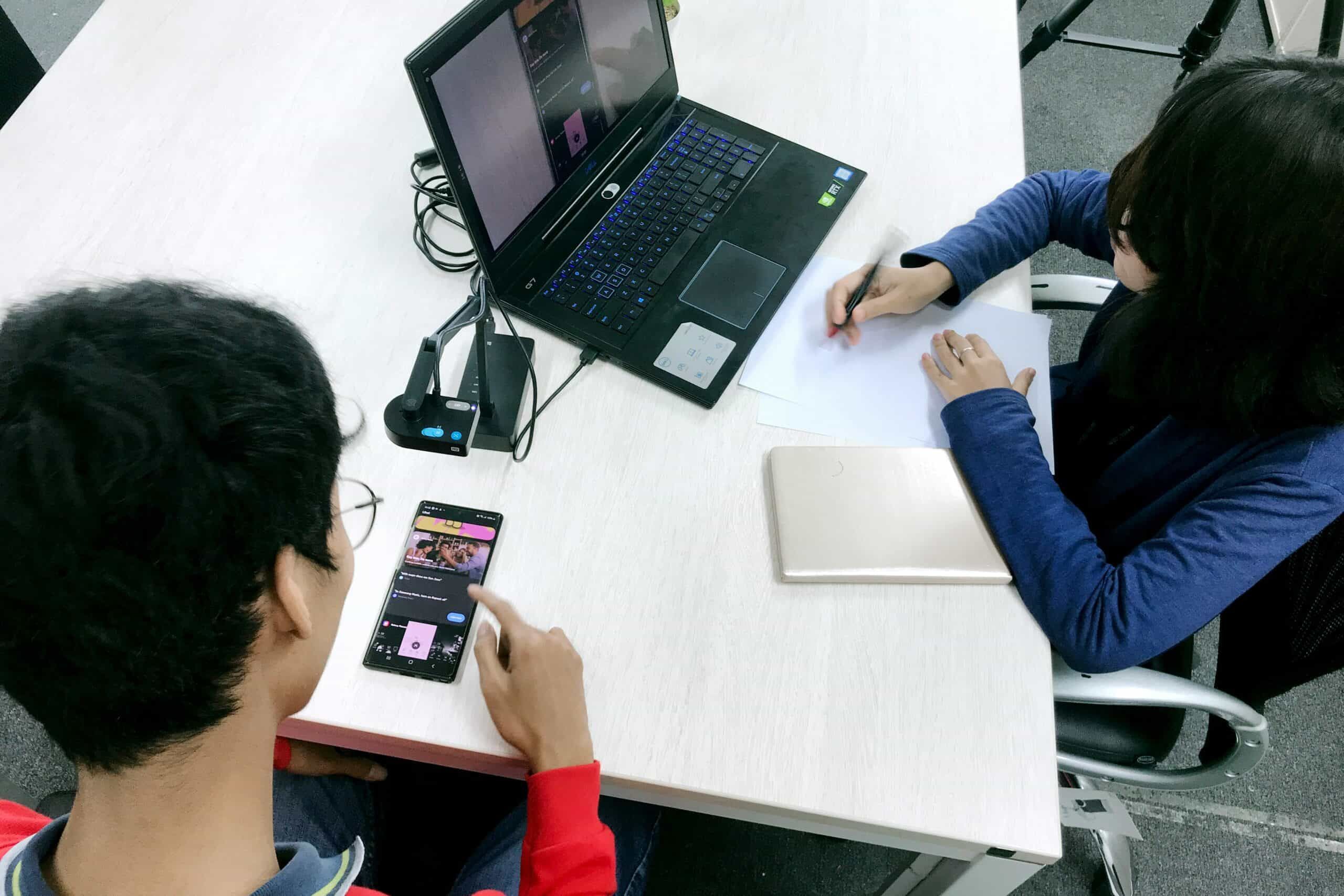The Case for Human Authentication in an AI-Generated World: A Call to Action for Businesses
As artificial intelligence continues to revolutionize content creation, businesses face an unprecedented challenge: how do you maintain trust in digital interactions when AI can generate human-like content at virtually zero cost? This isn’t just a theoretical concern – it’s rapidly becoming one of the most pressing issues for companies navigating a digital-first world.
At OpenArc, we understand that these challenges aren’t just about future possibilities; they’re impacting businesses today. As a custom software development company, we specialize in helping organizations like yours adapt to emerging technologies and build robust solutions to thrive in this rapidly changing landscape. Let’s explore why human authentication is critical and how OpenArc can help your business stay ahead of the curve.
The AI Content Explosion: Opportunity and Risk
The explosion of AI content-generation tools like ChatGPT, DALL-E, and MidJourney has dramatically lowered the cost and effort required to create sophisticated digital content. These tools provide businesses with incredible opportunities to automate workflows, enhance customer experiences, and create at scale. But they also come with significant risks.
Imagine the following scenarios:
- Phishing attacks: A bad actor sends an email that perfectly mimics your CEO’s tone and style, requesting an urgent wire transfer.
- Misinformation campaigns: Thousands of AI-generated social media accounts flood platforms with disinformation, impacting public perception or even swaying political discourse.
- Fraudulent evidence: AI-generated images or videos are used as fabricated evidence in legal settings or to manipulate public opinion.
These scenarios aren’t hypothetical—they’re happening now. The cost of launching these attacks has plummeted, allowing bad actors to scale their operations like never before. For businesses, this means increased exposure to fraud, reputational damage, and operational disruptions.
Beyond Social Media: High-Stakes Implications
The risks of AI-generated content extend beyond casual interactions. Industries such as insurance, law, and emergency response are grappling with how AI technologies might compromise critical processes:
- Disaster response: AI-generated images could falsify damage assessments after natural disasters.
- Legal evidence: Courts may face challenges verifying the authenticity of digital evidence.
- War documentation: The ability to trust photos or videos documenting atrocities could be undermined.
These risks highlight the urgent need for businesses to implement proactive solutions that validate authenticity in digital interactions. We’re thinking about new models for enhancing AI interaction to make it safe, predictable, and productivity enhancing.
Lessons from the Past: Changing the Cost Structure of Attacks
History shows us that one of the most effective ways to deter bad actors is by changing the cost structure of attacks. Solutions like CAPTCHA systems and anti-spam email measures have proven this principle:
- CAPTCHA systems make automated abuse expensive and time-consuming for bots while remaining simple for humans.
- Anti-spam measures like requiring payment for bulk emails have made mass email campaigns economically unfeasible for spammers.
These tools work by exploiting the asymmetry between human and machine behavior—making it harder for bots to operate while keeping systems accessible for legitimate users.
OpenArc builds on these proven strategies to design custom solutions that protect businesses from digital threats while maintaining seamless user experiences. Whether you need to secure your platforms or validate the authenticity of user interactions, we can help you implement scalable, future-proof systems.
A New Framework for Digital Trust: How OpenArc Can Help
In a world where AI-generated content is ubiquitous, simply reacting to threats isn’t enough. Businesses need proactive systems to validate human-generated content. OpenArc specializes in developing custom solutions tailored to your needs—a critical capability as industries across the board face these emerging challenges.
Here are some promising approaches we can help you implement:
Cryptographic Proof of Humanity
Imagine a system where your employees or customers can cryptographically sign their communications using private keys tied to verified human identities. Think of it as a “digital passport” that proves authenticity without revealing sensitive personal information. This is particularly valuable for high-stakes industries like finance, healthcare, or publishing.
Decentralized Identity Systems
Decentralized identity frameworks empower users to control their digital identities without relying on a central authority. These self-sovereign identity systems are ideal for businesses that value privacy and decentralization, such as financial institutions or global enterprises with diverse user bases.
Our team can help you implement decentralized identity systems that balance security with usability, keeping your customers’ data secure while meeting stringent regulatory standards.
Next-Generation Human Verification
Traditional CAPTCHA systems are no longer enough in a world where AI models can bypass many existing verification methods. OpenArc can help you integrate with advanced human-verification systems tailored to your business needs—leveraging uniquely human capabilities like contextual understanding or ethical reasoning that remain challenging for AI.
By creating intuitive yet robust solutions, we’ll help you ensure only legitimate users are engaging with your systems—without frustrating genuine customers.
While the core technologies behind such systems are often developed by larger technology players, OpenArc can help your business adopt and adapt these cutting-edge tools. By tailoring them to your specific needs, we ensure they align with your business goals while maintaining an intuitive user experience for your customers.
Addressing Business Concerns: Privacy, Accessibility, and Scalability
We understand that implementing human authentication systems raises important questions about privacy, accessibility, and scalability for businesses. At OpenArc, we take a holistic approach to address these concerns:
- Privacy Protections: Our solutions are designed with privacy-first principles, ensuring compliance with regulations like GDPR while maintaining user trust.
- Accessibility: We create intuitive systems that work seamlessly across devices and platforms, ensuring ease of use for employees and customers alike.
- Scalability: Our custom software solutions are built to grow with your business, providing long-term value as your needs evolve.
- Anonymity Protections: We also account for industries or use cases where anonymity is critical (e.g., whistleblower platforms), ensuring these systems are flexible enough to adapt.
Why Custom Software Is the Solution
Off-the-shelf tools often fall short when it comes to addressing the unique challenges businesses face in an AI-dominated world. That’s why OpenArc specializes in custom software development that aligns with your goals, industry requirements, and specific use cases. Whether you’re looking to secure your platforms, enhance customer trust, or prepare for future challenges, our team will work closely with you to deliver tailored solutions that meet your needs.
Moving Forward: Protect Your Business in an AI-Powered World
As AI-generated content becomes more sophisticated, businesses must act now to safeguard their operations and reputations. By implementing thoughtful human authentication systems today, you can protect your business from fraud, build trust with your customers, and ensure your digital platforms remain resilient in the face of emerging threats.
At OpenArc, we’re ready to help you navigate this new landscape with innovative custom software solutions tailored to your needs. Let’s work together to create a digital world where trust remains foundational—even in the age of AI.
Contact us today to learn more about how OpenArc can help your business stay ahead of the curve in a rapidly evolving technological landscape.


